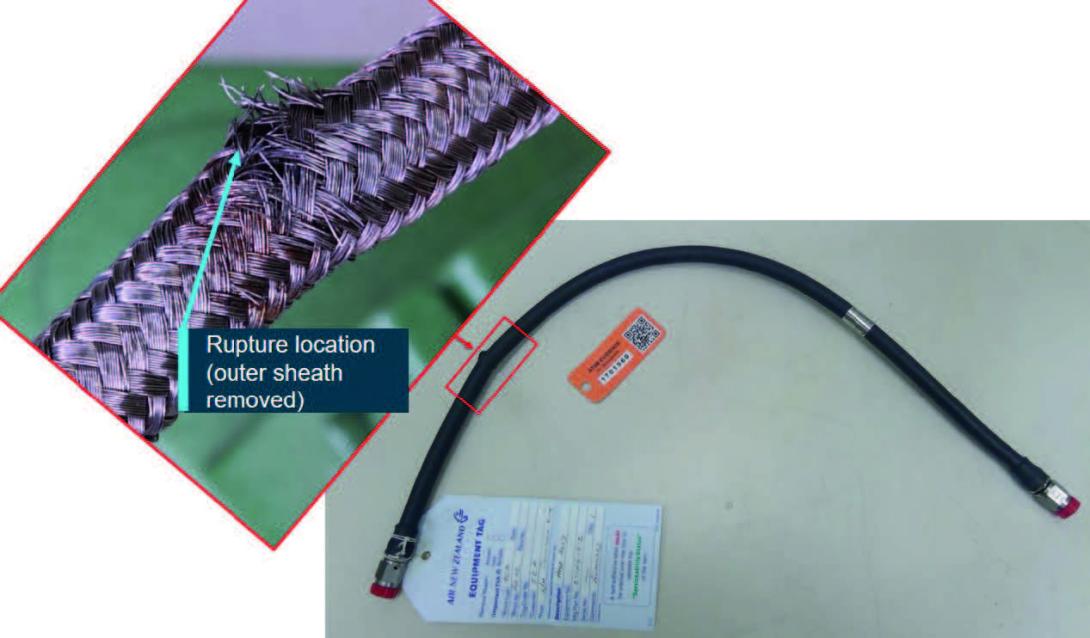An Australian Transport Safety Bureau (ATSB) investigation into a dual hydraulic failure involving a Boeing 757 aircraft highlights that non-mandatory service bulletins can still have an impact on an aircraft’s reliability.

Soon after departing Auckland International Airport on 5 February 2018, while passing through 6,000 ft, the aircraft’s left hydraulic system quantity warning message displayed. The crew actioned the Quick Reference Handbook (QRH) checklist and obtained clearance from air traffic control (ATC) to level out in a holding pattern north-west of the airport
Shortly after commencing the holding pattern, the crew received further warning messages regarding both the left and right hydraulic systems. Following the QRH checklists, the crew shut down both system, declared a PAN call to ATC requesting an immediate return to Auckland. The aircraft landed without incident.
The ATSB investigation identified that the dual hydraulic failure was the result of sequential failures in the hydraulic system. The initial failure was a ruptured left main landing gear flex hose, which resulted in the loss of the left hydraulic system pressure. Subsequently, the power transfer unit (PTU) pressure switch did not operate as intended, following depletion of the hydraulic fluid from the left system. This resulted in overheating and failure of the right hydraulic system.
Although some service bulletins are not deemed to be safety-critical, they can still have an impact on aircraft reliability.
The pressure switch was the subject of a 2010 non-mandatory service bulletin that, if implemented, would likely have prevented the failure of the right system.
The safety message from this investigation is that although some service bulletins are not deemed to be safety-critical, they can still have an impact on aircraft reliability. While operators are required to implement all airworthiness directives, the ATSB recommends that operators familiarise themselves with non-mandatory service bulletins and consider the potential impacts of implementation.
Following the occurrence, the operator conducted preventative maintenance on the aircraft, replacing all of the main landing gear flex hoses as well as updating the PTU pressure switch to confirm to the published service bulletin. In addition, the operator revised the aircraft maintenance plan to introduce improved inspections and a time-limited life on the flex hoses.
Boeing recommends that operators perform periodic inspection of hose assemblies, paying particular attention to the high-risk areas of the landing gear area, the engine/pylon area and the tail/empennage area.
Read the report: Hydraulic system failure involving Boeing 757, VH-TCA, Auckland International Airport, New Zealand, on 5 February 2018
PTU pressure switch installed on VH-TCA



